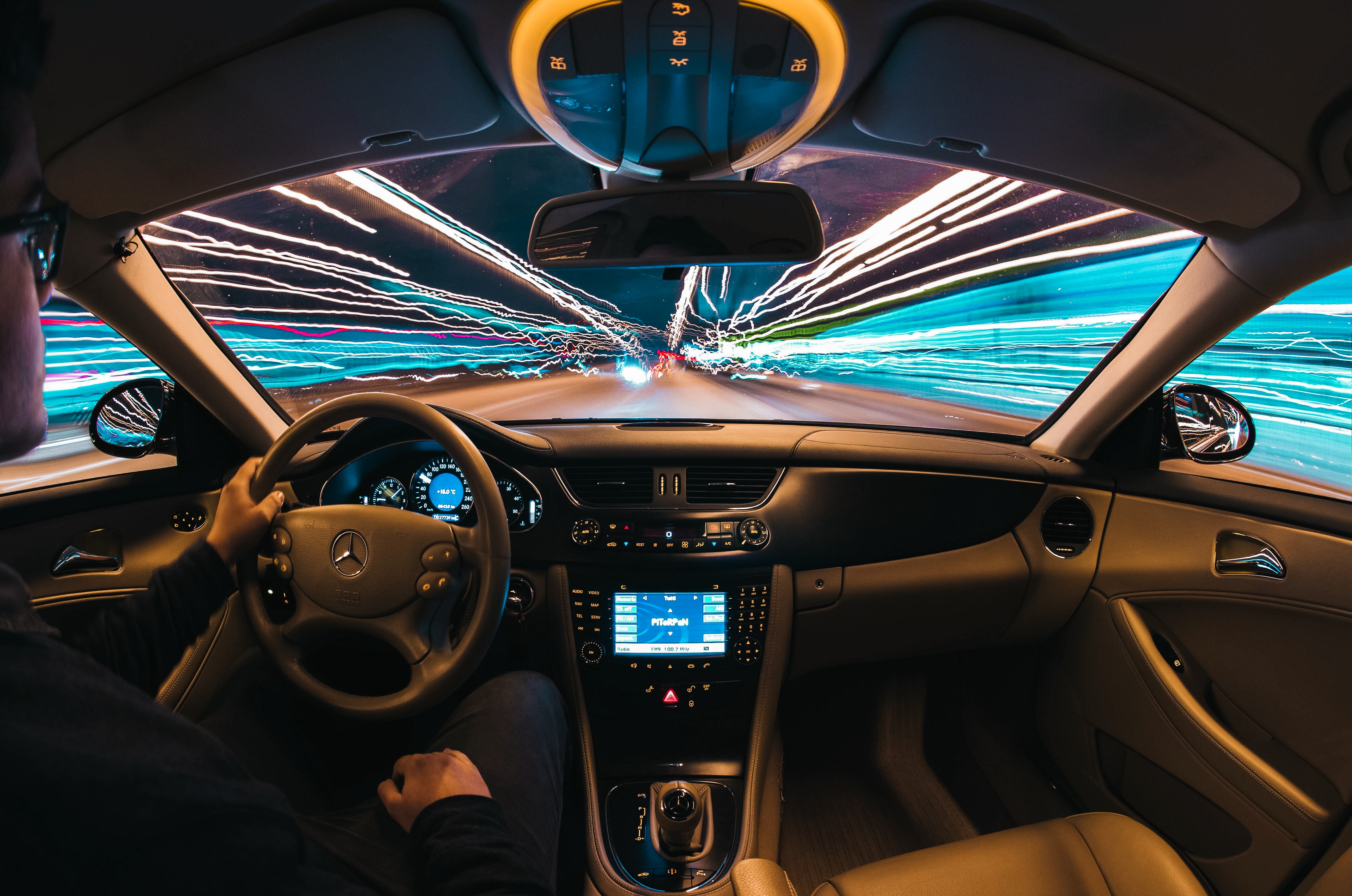Intelligent transportation systems: The roads of the future

Share the article
In our latest blog, we look at how the Intelligent Transportation Systems (ITS) sector is contributing to safer and more efficient road networks, and how the data generated by the growing number of advanced ITS technologies can be leveraged to further improve traffic management for road operators.
Smart technologies and transport have become synonymous with each other in recent years, and there continues to be large growth in the Intelligent Transportation Systems market. Intelligent Transportation Systems utilise a range of technologies, with examples including passive and active sensors, communications systems and data processing and analysis tools, all of which contribute to a greater understanding of road infrastructure for operators.
The ITS sector is a leader in the utilisation of advanced technologies including big data analytics, artificial intelligence (AI), machine learning (ML) and the Internet of Things (IoT). The benefits of this smart transportation environment are reduced carbon footprints, a decrease in accidents, enhanced mobility, reduced fuel consumption, and lower costs. This results in safer, smarter, cleaner and more efficient roads that benefit drivers, pedestrians and highway agencies.
By incorporating intelligent traffic solutions into everyday operations, organisations can build a wealth of data from numerous sources, which can be used for various purposes including real-time tracking and alerting, as well as predictive analysis of what might happen in the future. With developments continually taking place in the world of smart technology, what does the future hold for our roads?

Sensor systems
According to the World Economic Forum (WEF), today’s global population is estimated to be 7.91 billion. By the end of this year or early next year, that number is expected to exceed a staggering eight billion.
With the global population rising, the number of vehicles clogging roads is also steadily increasing. Cars alone are projected to reach the two billion mark by 2040, meaning that advanced traffic management technologies need to be implemented to make transport more efficient and to ensure that traffic keeps flowing.
To improve traffic conditions, there needs to be effective sensing of the environment, and this is where sensor systems play an integral role. These systems – such as passive infrared and daytime traffic cameras or active radar systems - can gather vast amounts of data. To cope with this, AI-driven algorithms are increasingly being used to alert road operators to issues as well as to fuse data from numerous sensor sources for a richer information environment.
This wealth of information from traffic sensors can also be used for predictive analysis to improve traffic flow and other infrastructure challenges that can arise over time.
Pollution monitoring
Congestion and air pollution are one of the biggest environmental concerns at present. At COP26 last year, the UN said that road transport accounts for 10% of global emissions, rising faster than those of any other sector.
In the UK, poor air quality is the most significant environmental risk to public health, contributing to up to 36,000 deaths a year and being linked to heart attacks and strokes, as well as exacerbating conditions such as asthma.

With over 39 million licensed vehicles in the UK, it’s easy to see the impact this could potentially have on health. By implementing and developing ITS, both air pollution and climate change can be tackled at the same time. Intelligent traffic control systems can help regulate road traffic and optimise vehicle flow, consequently reducing large-scale emissions.
In major cities, congestion and pollution go hand in hand. By analysing traffic and air quality data, organisations can utilise ITS to influence human behaviour. Traffic analysis enables strategies to be implemented, such as re-routing traffic to avoid pollution hotspots. An intelligent traffic control system linked to traffic light timing, for example, allows vehicles to be idle for shorter periods, which reduces air pollution.
ITS can also optimise trips through mobile GPS applications and warning of delays on routes, once again eliminating the unnecessary time spent idle in traffic and reducing fuel consumption. This is beneficial for public health and as living costs unfortunately continue to rise, ITS can help limit fuel usage.
Connected vehicles
The way we drive has also changed, mainly due to navigation apps, such as Google Maps, TomTom GO and Waze. These provide users with the fastest route options, navigating around temporary road works and lights, diversions and traffic hotspots. These software tools are helping make navigation more efficient, and as vehicle-to-vehicle (V2V) communication becomes more widespread there are additional opportunities to optimise this.
V2V allows vehicles to wirelessly share information on areas such as speed, direction and location. The US National Highway Traffic Safety Administration has proposed V2V technologies on all new light-duty vehicles in an effort to improve road safety.

This communication is another data source that helps to optimise traffic flow and safety and minimise the impact on the environment. This will also push development to the next level as autonomous self-driving vehicles increase in popularity, spurring the need for advanced embedded vision and sensor systems so that vehicles can ‘talk’ to each other and provide data. It will also feed into AI algorithms to minimise (and potentially eliminate) human driving errors involved in many accidents.
ITS technologies alone may not be the only solution when it comes to alleviating transportation issues and improving the environmental footprint, but innovation has already proven transformative. Beyond making our lives easier, it contributes to safer, smarter and cleaner roads for generations to come.
At Valerann, we are committed to improving roads worldwide by using innovative technologies such as AI and data analytics, and our latest Lanternn by Valerann AI-based software solution leverages much of the innovation that has been talked about in this blog.
For more on Lanternn by Valerann, please visit our solution page here.

.png)

